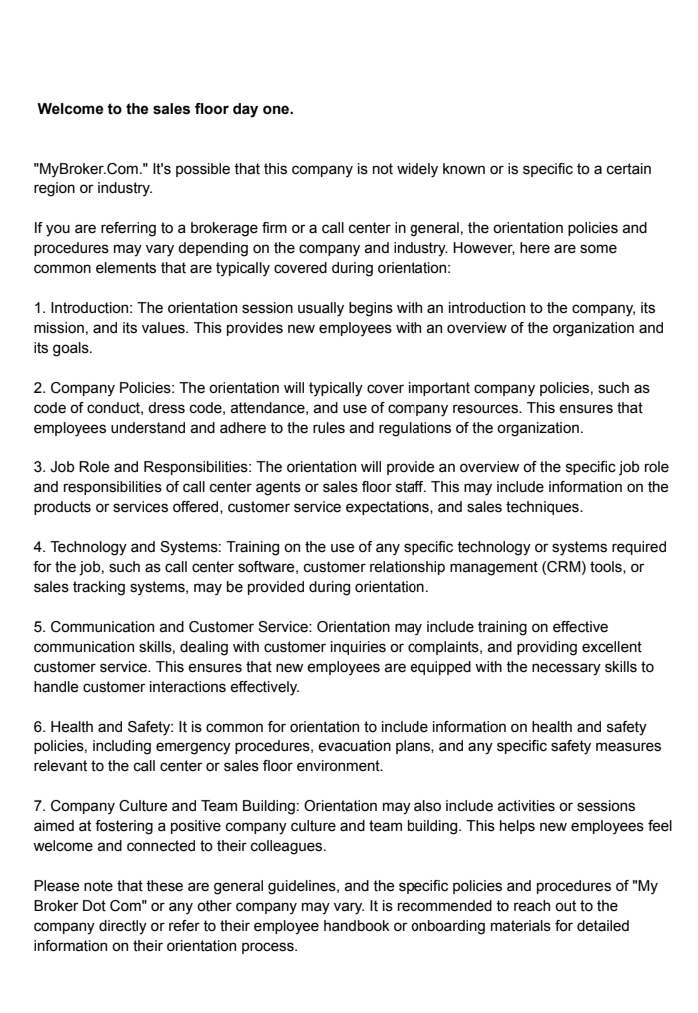
Ask questions. Listen to the answers, and let them drive your next questions. In short, make it a conversation. Doing this helps establish trust with the prospect, which is necessary if you're going to close a deal.
How to Close a Sales Deal on the Phone
If you’re beginning the conversation in a light-hearted manner to warm everyone up, spend no more than two minutes building rapport. Aim to chat about things you might have in common with those on the call. For example, if your prospects are located in an area you’ve visited you can mention a small anecdote, or if you went to the same college or university, you can call that out as a shared experience. However, aim to be brief so you’re not getting too involved in non-business matters, as this can negatively impact your ability to close the deal if you have busy executives on the line.
I usually say “So the goal of our call today is to get you started with HubSpot. Where do we stand?” It’s a bold move, and a lot of salespeople are scared to be this direct, but it’s important to be upfront. At the end of the day, you’re conducting a business transaction, so it’s important to be transparent. Even though you have planned it as a closing call, the direction of your entire call hinges on your prospects’ answer. Either they’ll respond, “We’re good to move forward, but we just have some last-minute questions,” and you’ll be set to continue as expected. Or, they’ll say “There are a few things we still have to figure out,” and you’ll need to pivot your strategy and maybe spend the call presenting a value proposition to drive them home.
If your prospect has expressed they’re ready to close, you can say something like “The rest of our conversation will involve answering any last minute questions, explaining how the closing process works, and setting you up for onboarding once the contract is signed.” If the question you asked before leads you to believe that your prospect is not actually ready to buy, you can express that you’d like to spend more time answering their questions and giving a value proposition. However, you don’t necessarily have to do this. If your prospect isn’t ready to buy this week or this month, you’re wasting your time. Put the deal back in the pipeline.
This step might not apply to you — not all prospects have an extensive procurement or legal review process. But if procurement and legal are getting involved, understand exactly what your prospect needs from you and establish a timeline by which the process should be completed.
At the end of the call, if everything has gone well, you and your prospect should be all set to sign a contract and start the onboarding process. Be crystal clear that everyone’s on the same page. Reiterate what you discussed in the call, and literally say the words, “Okay, so we’re in agreement here. I’ll send you a contract and expect to have it back by [agreed-upon date].” At this point, you should also circle back to the CSM handoff. You can invite the CSM on the call to give a brief introduction so they can develop rapport, or simply let them know that a CSM (give their name) will contact them to help them begin the onboarding process.
Having tools at your disposal during a closing call can help you feel more confident in the process and ensure everything runs smoothly. Below we’ll go over two high-quality tools that will help you nail the close over the phone.



What Are Call Center Analytics? The process of collecting and analyzing call center data to gain valuable insights about agent performance, call center performance, customer satisfaction and product performance is called call center analyzes.
